Electrostatic Discharge (ESD) Tips Every Engineer Should Know

Here are 7 tips that will help you avoid ESD damage:
Tip 0: Don't say "it doesn't happen to me"
It may be happening but you just don't know it.
All it takes is a few dozen volts to damage a device under test (DUT) or sensitive test gear. But, You won't feel a shock until it's 2000-3000 Volts.
So, you could damage or shorten the lifespan of your gear without even knowing it.
Tip 1: Use a grounded wrist strap (duh)
Why? Your body builds up a charge that can discharge into your board or your equipment. See tip 0.
It should be a high Ω path from your body to the ground to keep the current low, typically the wire has that resistance built-in, not the wristband itself. Mine is typical, with a ~1MΩ resistance:
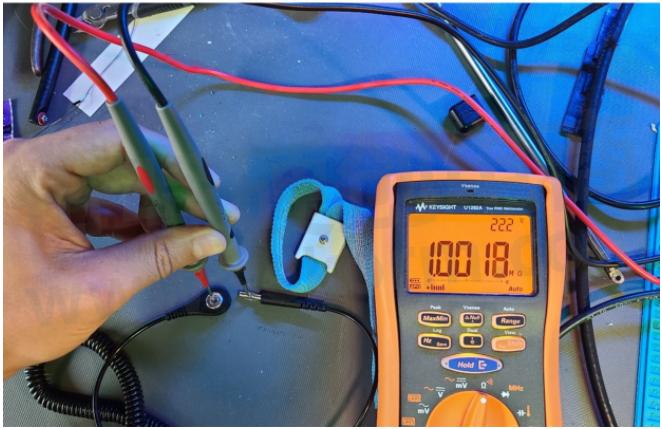
This ESD wrist strap's cable has a resistance of about 1MΩ
Tip 2: Use grounded worksurfaces and mats
Non-grounded surfaces can inductively charge your DUT.
Your DUT can then discharge into your test gear's inputs.
So, make sure to avoid static-generating and insulating materials as work surfaces. As needed, use board standoffs to keep your grounded worksurface from shorting your DUT.
You can ground a mat into your gear if that’s an option, or into the wall outlet with a little wall outlet grounding thingy™.

Ground your workmates and ESD gear into test gear
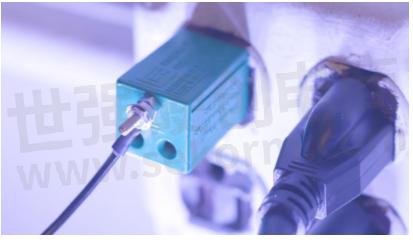
You can ground your workmate into a wall outlet with the right accessories
Tip 3: Space it out
Keep charged materials 0.3+ meters (~1 foot) from exposed assemblies. This includes plastics, foam, etc. Anything that can inductively charge your system.
Tip 4: Discharge your cables
Your cables can hold a charge and do damage.
I thought this was crazy when I first heard about it, but you should discharge your cables before connecting them to your test gear.
This is a real thing. Here's proof.
I charged up the center conductor of a cable up to 306V by rubbing the cable sheath.
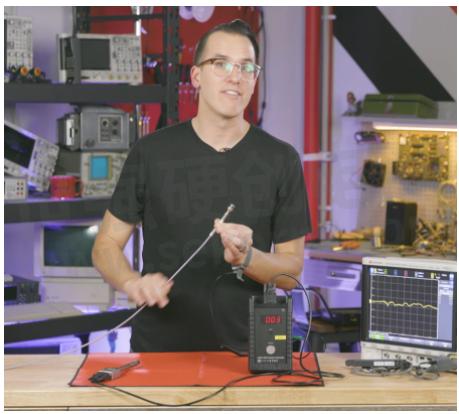
Charging up the cable by rubbing the sheath, which will inductively charge the center conductor
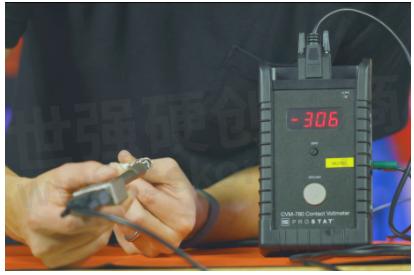
306 Volts on the center conductor - this could damage gear if you don't ground it first
Here's how to discharge a cable:
Step 1: Make sure your device is off
Step 2: Connect your cable to your DUT
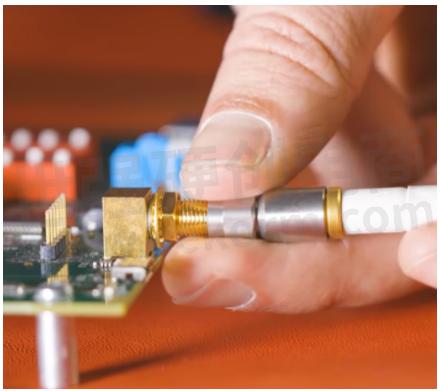
Step 3: Attach a 50Ω shunt to the open end of the cable. You don't have to use a fancy one like this, and even a short will do if that's all you have. Doing this will ground the conductor.
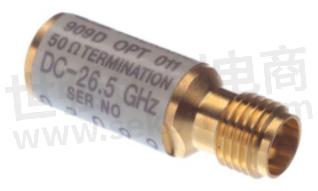
Fancy schmancy 50-ohm terminator
Step 4: Remove the shunt and immediately attach the cable to your test gear

Now you can finally hook up your cable to your test equipment
Tip 5: Avoid pink foam packing
Avoid that "pink" packing material you see everywhere, it's not ESD safe and you can't trust it.
Tip 6: Cap your equipment inputs
Keep'em covered to avoid accidental zappy [insert your own "no cap" joke here. I'd do it for you but I'm not sure I know how to use that phrase yet.
Tip 7: Use ESD-safe bags when transporting boards
Carts/walking/foam can charge up! This will then inductively charge your DUT, and then we'll be right at square one.
Bonus tip:
Start your testing at the least sensitive input setting, then zoom in. This keeps you from putting too much electron juice into your gear at sensitive settings, which can be more damage prone.
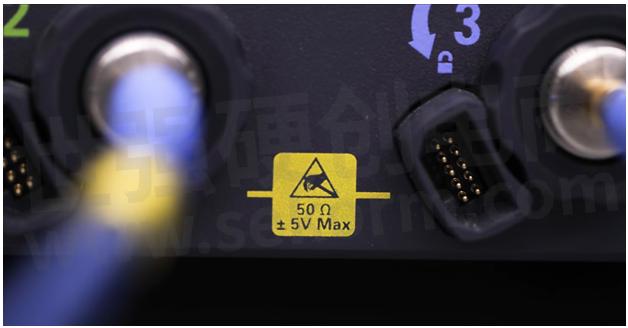
Maximum voltage input on a Keysight UXR Oscilloscope
- +1 Like
- Add to Favorites
Recommend
- Keysight Technologies Acquires Quantum Benchmar, Augmenting Keysight‘s Quantum Portfolio
- Keysight Lab Provides Standardizing Testing for DENT
- Keysight and Extrahop join forces providing complete Visibility and Network Intelligence
- Keysight Unveils Self-Service Enterprise Agreement Licensing Portal
- Keysight to Collaborate with DOCOMO and NTT to Advance 6G Wireless Communications
- About BotenaGo, How can Keysight Help?
- Keysight‘s 5G Device Test Solution Recognized for Innovative Breakthrough in Mobile Technology by GTI
- Keysight, Synopsys Collaborate in TSMC’s N6RF Design Reference Flow
This document is provided by Sekorm Platform for VIP exclusive service. The copyright is owned by Sekorm. Without authorization, any medias, websites or individual are not allowed to reprint. When authorizing the reprint, the link of www.sekorm.com must be indicated.


















































































































































































































































































































































































































































































































































































































































































































































































































































































































































